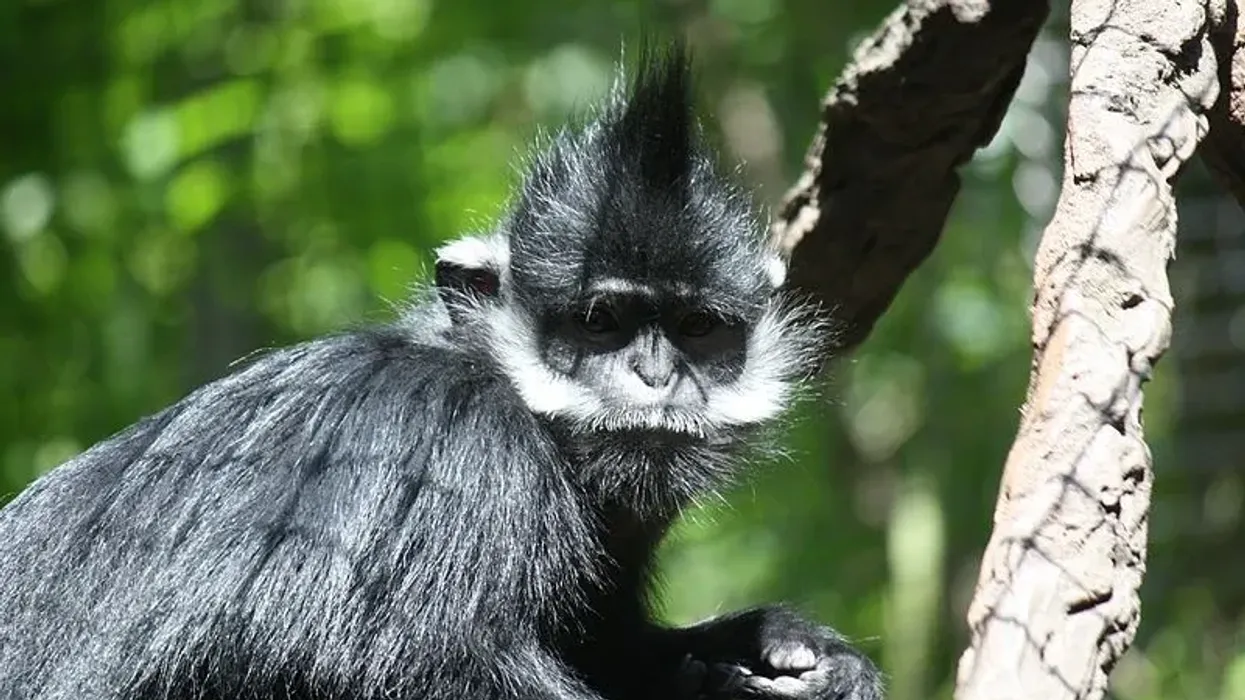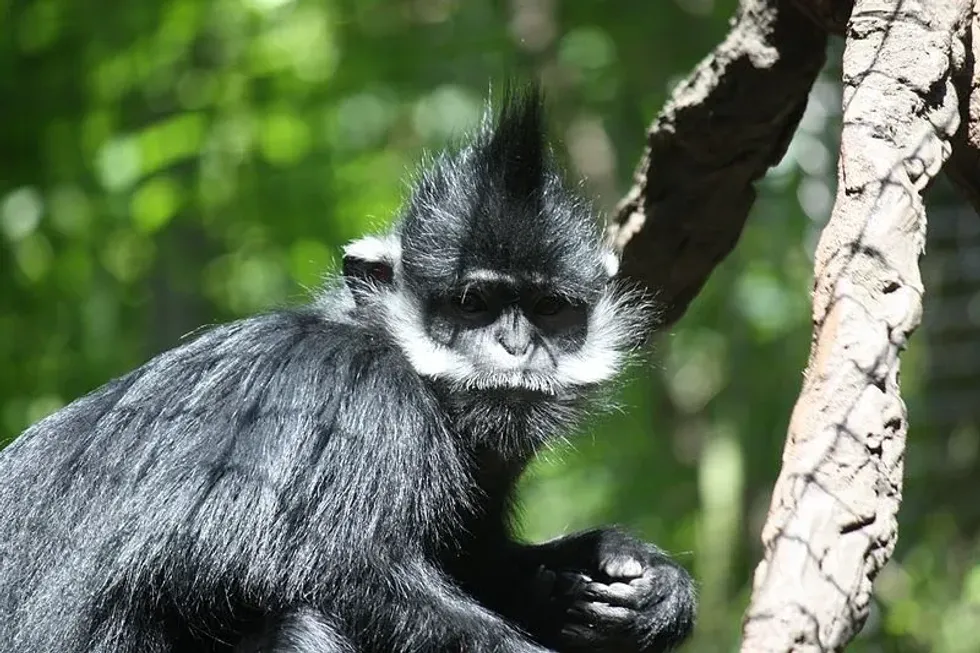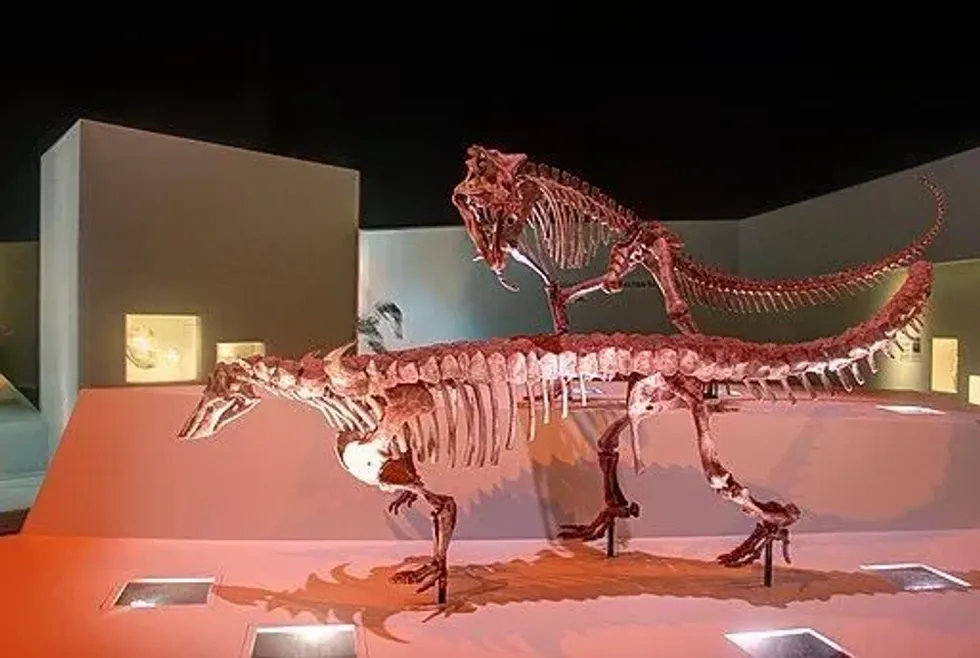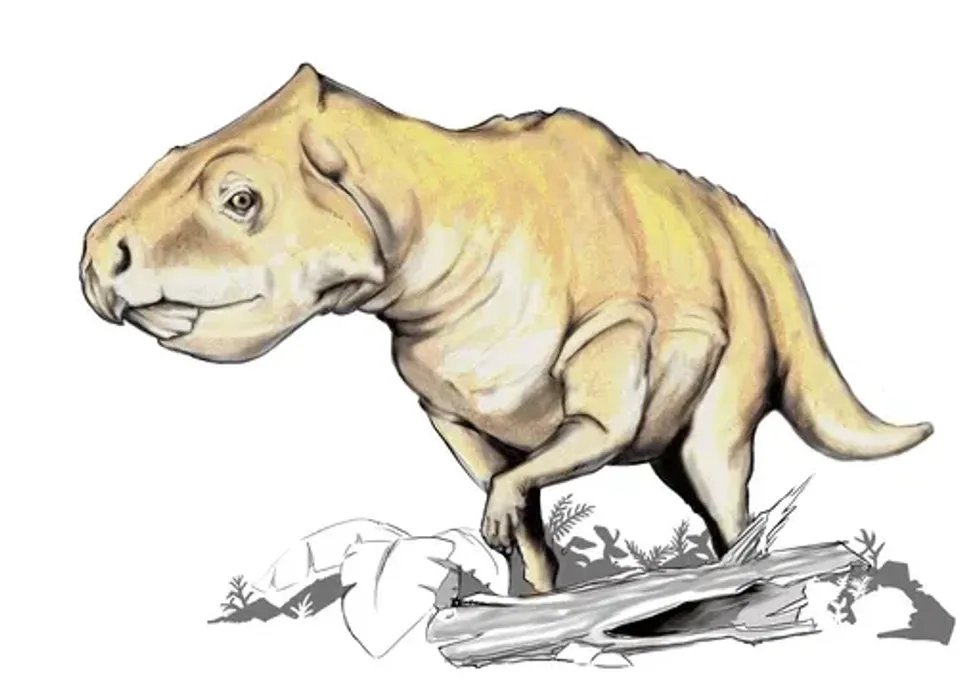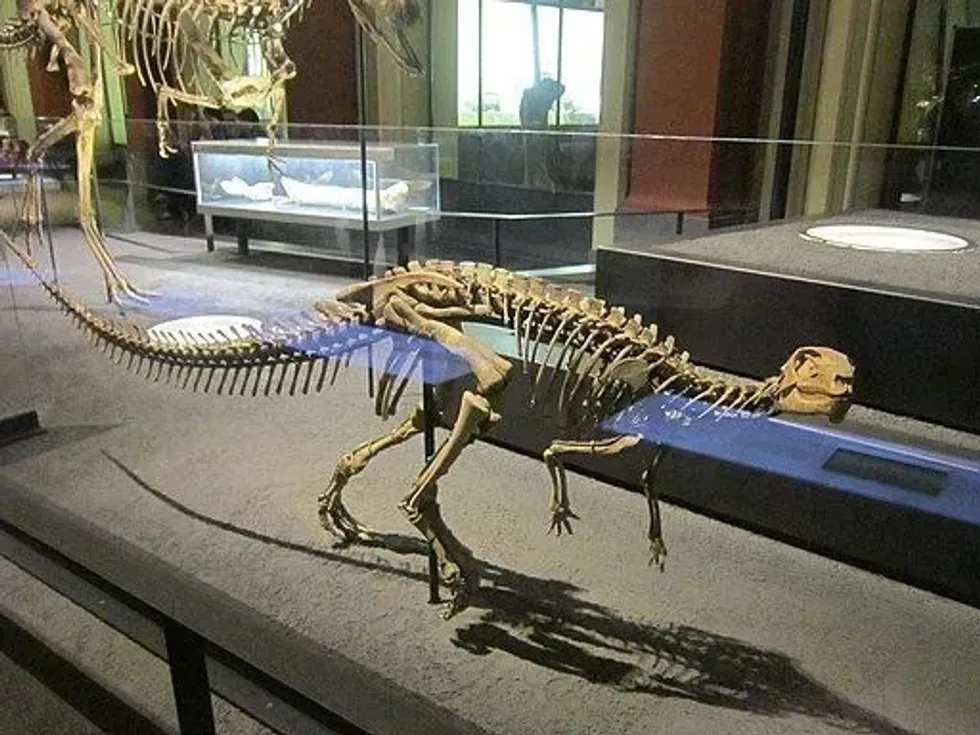François' langurs, alternatively called the François' leaf monkey, is a species of lutung whose population distribution is mainly focused in southern China, northern Vietnam, and East Asia. These primates primarily reside in limestone cliffs and forests of tropical and subtropical habitats.
This species of langurs are herbivores in nature and they usually diet on leaves, fruits, and other plant parts.
These monkeys are medium in size, but the males are a bit larger and heavier than the females. They are social animals and usually stay in groups of 4-25 monkeys.
François' langurs follow a polygynous mating system where one male mates with multiple females to produce one offspring on average. Young langurs reach sexual maturity after four to five years. Their level of conservation is Endangered.
Here, we have many amazing and interesting facts about François' langurs, popularly called the François' leaf monkey.
For more relatable content, check out these titi monkey facts and bush baby facts for kids.
François' Langur Interesting Facts
What type of animal are François' langurs?
The François' langur is a species of lutung or langurs that are native to China. These primates have black fur or hair with white sideburns that extend from their ears to the side of their cheeks.
These monkeys are medium in size, but the males are a bit larger and heavier than the females. The habitat of these langurs mainly comprises open lands and limestone cliffs of China and Vietnam.
They are extremely social animals and mostly stay in groups of 2-20 monkeys. Some other types of monkeys are Colobus monkey, spider monkey and tamarin monkey.
What class of animal do François' langurs belong to?
François' langurs are a species of langurs and they belong to the class of mammals, just like all langurs.
How many François' langurs are there in the world?
The total population range of the François' langur is not known, according to the IUCN Red List. However, the estimated population of this species of monkeys in Vietnam is less than 500 individuals. As of now, the conservation status of this species of langurs is classified as Endangered (EN) and its population is decreasing continuously.
Where does a François' langur live?
François' langurs prefer to live in open woodlands, limestone cliffs, caves of tropical and subtropical zones, and dry and moist forests.
What is a François' langur's habitat?
The habitat of François' langurs mainly comprises open lands of China, Vietnam, and Southeast Asia. Their geographic range distribution extends from southwestern China to northeastern Vietnam.
Who do François' langurs live with?
François' langur monkeys are very social in behavior and they mostly live in groups called a troop or a tribe. A group usually comprises 2-25 monkeys who stay together.
These langurs stay in a matriarchal society in which a female leads the group. Females look after all the responsibilities with other females, staying in the natal group forever. However, the males of the group take no responsibility and leave the group when they reach sexual maturity.
How long do François' langurs live?
The average lifespan of a François' langur monkey is 25-27 years, but when kept in captivity at zoos, their survival rate can be increased with proper feeding and due to the absence of threats.
How do they reproduce?
François' langurs live fundamentally in a one-male group and one male mates with numerous females. This implies that this species has a polygynous mating system. The breeding happens all year long, with its peak during winters.
The gestation period lasts around six months, after which the females give birth to solitary offspring. The newborn offspring is born full of fur and hair with its eyes open.
Young babies are breastfed for as long as two years prior to being weaned. Females take care of the infant without much help from males. Young langurs become reproductively active after four to five years.
What is their conservation status?
The conservation status of this species is Endangered according to the IUCN Red List and their population is decreasing rapidly because of physical threats like hunting and natural threats like loss of habitat.
François' Langur Fun Facts
What do François' langurs look like?
François' langurs are medium-sized and have black fur with distinct white sideburns. Their tail is also black, with a little white fur area at the top.
How cute are they?
An adult François' langur is a little cute in appearance, but the baby François' is extremely cute because of its orange-colored body and sharp features.
How do they communicate?
François' langurs are very social in behavior and stay in groups most of the time. Adult monkeys communicate with others in the group using sharp sounds and shrill cries.
How big is a François' langur?
The average François' langur height is somewhere around 25.1 in (64 cm), and its body length falls around 18.5-25.1 in (47-64 cm). They are almost equal in length to gray langurs.
How fast can a François' langur run?
Researchers have not yet calculated the exact speed of this langur.
How much does a François' langur weigh?
The average weight of a François' langur falls in the range of 12.1-15.4 lb (5.5-7 kg). They are roughly similar in weight to gray langurs.
What are the male and female names of the species?
Males and females of this species do not bear any special names.
What would you call a baby François' langur?
A baby François' langur is called an infant.
What do they eat?
Their diet includes wild fruits, flowers, leaves, and other plant parts.
Are they aggressive?
No, they are not aggressive in nature. In fact, they are quite peaceful and friendly in behavior as is evident from their choice to stay in a group.
Would they make a good pet?
They would make a good pet because of their social nature, but keeping them as pets is not allowed.
Did you know...
François' langur locomotion in the habitat of China is confined to the main canopy and frequently adopted leaping while traveling in the hillside and valley basin of the region.
François' langur taxonomy included a subdivision of order from primates to Haplorhini.
In the Guangxi province of China, the population survival of these langurs has decreased down to 90% due to habitat loss and hunting for black ape wine. Black ape wine is made of the bones of this animal and is believed to have high medicinal value.
What is special about the François' langur?
These langurs do not have cheek pouches like other species of monkeys. Instead, they have enlarged salivary glands and a sacculated stomach with four chambers and also a good quantity of specialized bacterias to help break down wild leaves and other plant matter that they intake as diet.
Why are François' langur feet bigger than its hands?
Adult françois' langur feet are generally bigger than their hands as they help them to keep their balance on tall trees while climbing back and forth between branches. Their long tail helps them to maintain a proper balance while they can easily climb branches with the help of their hands.
Here at Kidadl, we have carefully created lots of interesting family-friendly animal facts for everyone to discover! For more relatable content, check out these baboon facts and vervet monkey facts pages.
You can even occupy yourself at home by coloring on one of our free printable francois langur coloring pages.

